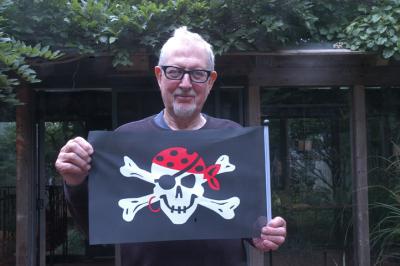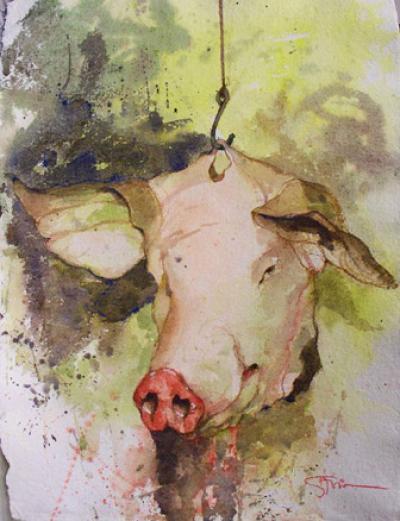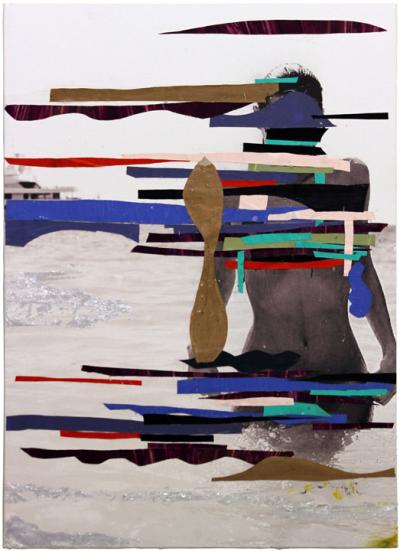New From Wolosoff
New From Wolosoff
The Grammy-nominated Eroica Trio will premiere a new work by Bruce Wolosoff, a Shelter Island composer, at the Isabella Stewart Gardner Museum in Boston on Sunday at 1:30 p.m. Titled “The Loom,” the piece was inspired by the paintings of Eric Fischl, who collaborated closely on the project and created a new painting inspired by Mr. Wolosoff’s music. Trios by Beethoven and Smetana will also be on the program.




